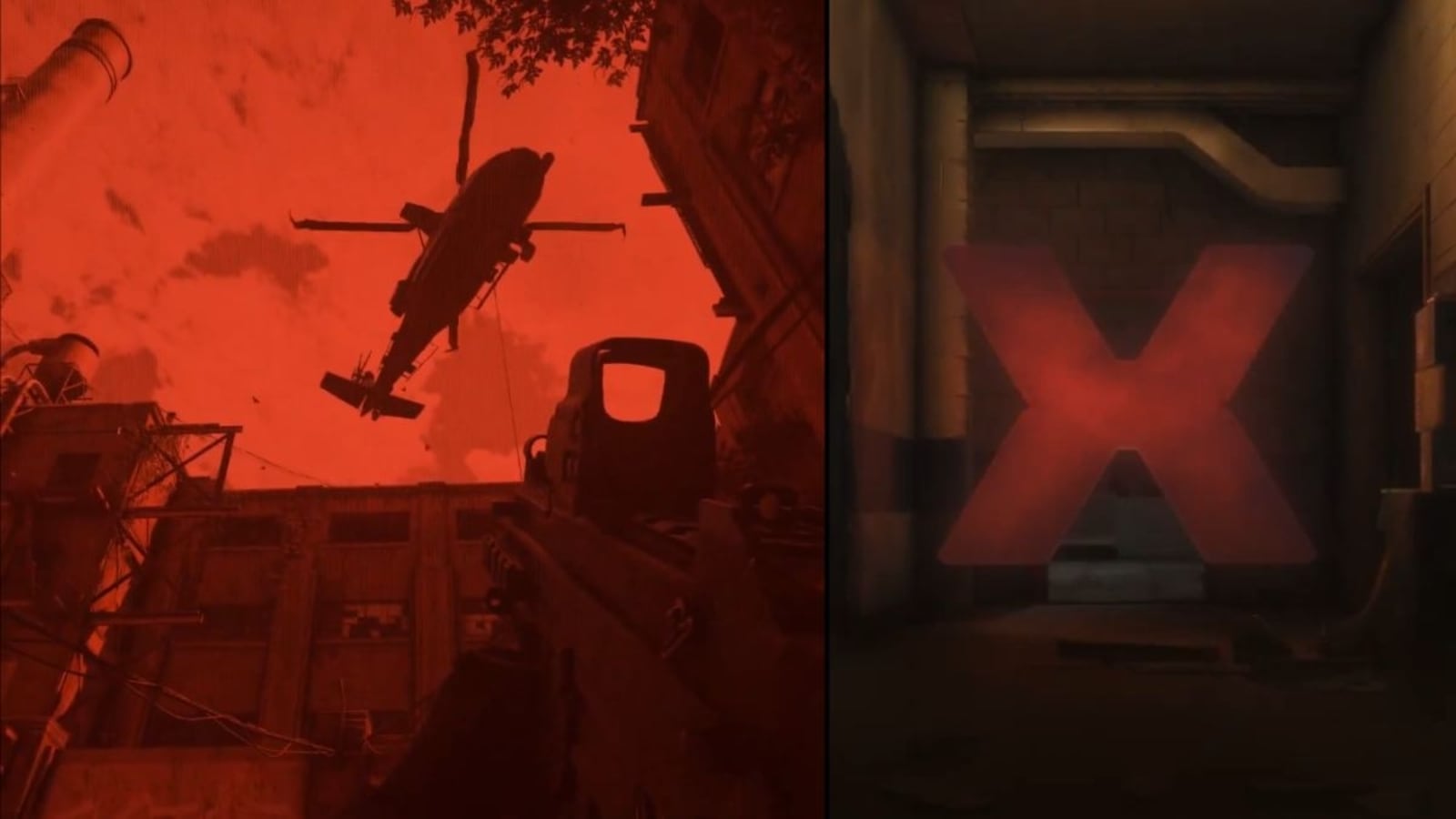Before the sniffles, before the sharp inhales and heavy swallows — before, in other words, any of the typical sounds of crying — you hear the muted pitter-patter of a child’s tears making landfall on his T-shirt.
The scene comes about three quarters of the way through “Close,” an Oscar-nominated drama (in theaters) from the 31-year-old Belgian filmmaker Lukas Dhont about a passionate friendship between two adolescent boys, Léo (Eden Dambrine) and Rémi (Gustav De Waele), that collapses under its own emotional weight. The child crying is Léo. The location is a doctor’s office, where Léo is having a cast put on his wrist after a hockey accident. But we understand that his crying reflects something more profound than physical pain. The doctor wraps; Léo’s tears drop. Pip. Pip. Pip.
If Dhont and his team have done their jobs well, this sound will help pull you into the crushing emotions of the moment. You might feel like you’re there with Léo. Perhaps, fleetingly, you might feel as though you’re in Léo’s head. You certainly won’t notice that what you’re hearing each time a tear hits Léo’s shirt isn’t actually the sound of a teardrop at all, but the sound of a Foley artist, Julien Naudin, gingerly tapping fabric in front of a microphone at a sound studio in Amsterdam.
There’s a special kind of alchemy required to capture tears on film. It takes a combination of empathy and technical craft. In a series of interviews, artists behind striking crying scenes in three recent movies — “Close,” “Babylon” and “The Woman King” — discussed the behind-the-scenes work required to create an impactful moment of grief.
Create a Safe Space
The job begins long before filming. For “Close,” Dhont spent months getting to know his cast, building an atmosphere where the performers would feel comfortable exploring their characters’ vulnerabilities.
“We will go walking by the seaside,” Dhont said. “We will make pancakes, we will watch each other’s favorite movies. And then, sometimes, very informally, I will say, ‘Why do you think Rémi cries at the breakfast?’”
The Projectionist Chronicles the Awards Season
The Oscars aren’t until March, but the campaigns have begun. Kyle Buchanan is covering the films, personalities and events along the way.
On the day of shooting, a big part of the job for artists behind the camera is simply to give actors the physical and emotional space to be vulnerable. That can be easier said than done — particularly for a blowout production like “Babylon,” set in 1920s and ’30s Hollywood. One key scene finds Margot Robbie’s character, an actress with silver-screen ambitions, getting a big break on a silent-film set, where she reveals that she can cry on command. The sequence is a doozy, with long takes and gymnastic camera movements. For Heba Thorisdottir, the head of the makeup department, pulling it off in a way that was minimally invasive for Robbie required careful planning and on-the-fly precision.
“It’s very sensitive when you are working with an actor who has to cry, because you don’t know emotionally where they’re going to go,” she said. “And you don’t want to be in there a lot.”
Thorisdottir used waterproof cosmetics, plus a layer of setting spray to help it all stay intact. She also applied illuminator under Robbie’s foundation, which reflects light and helps tears glow.
On set, Thorisdottir stood off-camera with a Q-Tip and glue in her hand, ready to race in and fix Robbie’s makeup and eyelashes when each take finished — like a cut man treating a boxer’s face between rounds.
Catch the Light
One of the most powerful scenes in “The Woman King,” a drama based on historical West African women warriors, comes when Thuso Mbedu’s character, a young fighter named Nawi, cradles her gravely wounded mentor, Izogie (Lashana Lynch), in her arms. It’s in the middle of a fast-moving escape scene. Izogie drops. Nawi stoops to her. Time seems to stop. “No, no, no.” As Nawi’s tears fall, they catch the light in midair.
It’s a wrenching, beautiful image, and the product of natural sunlight corralled by Polly Morgan, the director of photography.
“When you’re shooting water, whether it’s rain or tears, you’re always going to see it clearly when you backlight it,” Morgan said. “We blocked the action in relation to the sun — I could backlight those falling tears.”
Another trick: thinking of teardrops as though they’re globules of Dr Pepper.
Linus Sandgren, the director of photography for “Babylon,” likens filming tears to capturing beads of liquid running down the side of a bottle in a beverage commercial.
A go-to technique, Sandgren said, is to have “a long surface of light on one side” illuminating the tear, creating a border of light that accentuates its shape. On the other side, “have a long shadow, vertically long as the tear runs down.” The aim is to produce contrast that makes the teardrop stand out, and to cover the tear’s journey down the actor’s face with diffuse light. Do it right, and you can make the trail of liquid on skin as shiny and clear as a slime path left by a slug on a sidewalk.
Get in Close
All three of these scenes share one major cinematography choice: the use of relatively wide lenses. To make an actor fill the frame, the camera must be placed much closer to the action, which can help create intimacy and produce an emotional wallop.
With a wider lens, “there is no trick,” Frank van den Eeden, the cinematographer behind “Close,” said. “You’re really there.”
Sound design can do some of this work, too. Zeroing in on the sound of tears in “Close,” for example, was intended to guide the audience to focus completely on Léo and his emotions.
“The whole world around them is of no importance in that moment,” said Vincent Sinceretti, the movie’s sound designer.
Know When to Stop
Equally important to creating the right environment for an actor to give an emotionally raw performance is knowing when you’ve gotten what you need.
“You never want to have to push an actor to have to do something like that unnecessarily,” the “Woman King” director Gina Prince-Bythewood said. “If you don’t have that thing inside that tells you that you got it, then you’re going to go five, six, seven, eight times — and I think that’s cruel.”
In the editing room, it’s also crucial to identify the emotional peak — and to make the cut at that frame, no later.
“You want to get to that point where they’re just kind of inhaling and not exhaling,” said Terilyn A. Shropshire, the editor of “The Woman King.”
For the scene in which Nawi weeps over Izogie, Shropshire decided to cut away before Nawi had finished expressing her anguish. Because the moment comes in the middle of an action sequence, she explained, there wouldn’t have been time for Nawi to grieve properly.
“Reality would have interrupted,” Shropshire said.
























